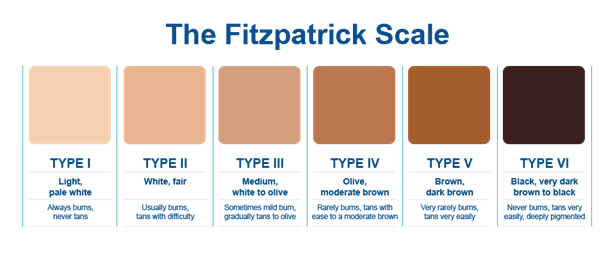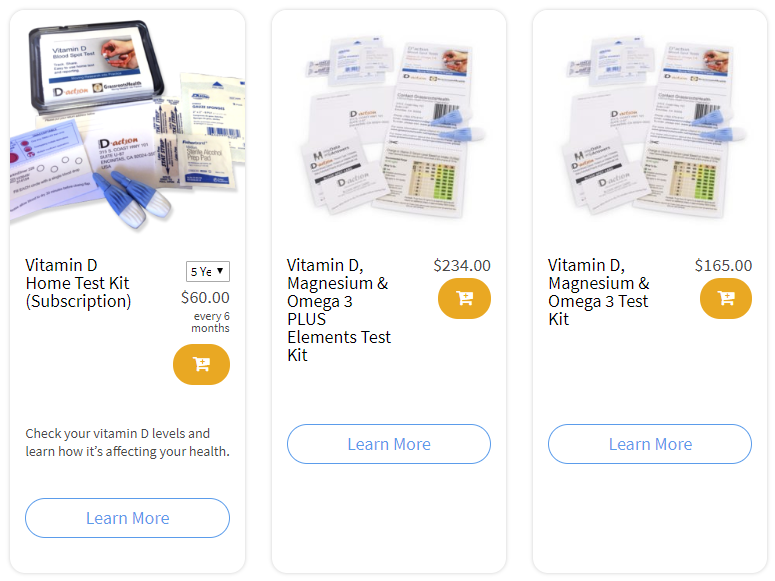Published on April 21, 2020
Our last two posts highlighted the prevalence of vitamin D deficiency among blacks and demonstrated the immense health potentials of correcting the deficiency. Today we answer one of the key parts of the question –
Why are African Americans so much more deficient in vitamin D?
 The answer is in skin type and sun exposure. (Another major factor is air pollution which will be addressed in a later newsletter.) The sun is the primary source of vitamin D for most Americans, accounting for 80-90% of vitamin D production (Grant and Holick, 2005). Further, the darker pigment was originally from those people who lived near the equator, where the sun exposure was much higher. As the darker skinned people moved to higher latitudes, over many, many years, the skin of succeeding generations got lighter in order to enable the body to absorb MORE UV from the sun. Unfortunately, the rapid industrialization of almost all the northern hemisphere has moved the populations away from the body’s input of one of its key nutrients–they moved inside, away from the sun.
The answer is in skin type and sun exposure. (Another major factor is air pollution which will be addressed in a later newsletter.) The sun is the primary source of vitamin D for most Americans, accounting for 80-90% of vitamin D production (Grant and Holick, 2005). Further, the darker pigment was originally from those people who lived near the equator, where the sun exposure was much higher. As the darker skinned people moved to higher latitudes, over many, many years, the skin of succeeding generations got lighter in order to enable the body to absorb MORE UV from the sun. Unfortunately, the rapid industrialization of almost all the northern hemisphere has moved the populations away from the body’s input of one of its key nutrients–they moved inside, away from the sun.
Knowing your skin type is important for personalizing your sun exposure. The Fitzpatrick scale, shown below, classifies six skin types based on the response of different skin types to UV radiation. This skin type quiz can help you determine your type.

Credit www.perfectimage-llc.com
Melanin, the pigmentation in skin, blocks UVB. Therefore, the higher the melanin (the darker the skin) the more UVB is blocked and the longer you need to stay out in the sun to produce vitamin D. The sun protection factor (SPF) of a natural tan is roughly equivalent to the actual protection of an SPF 50 sunscreen for an average user, considering most users apply only 25% of the recommended amount. One estimate is that a dark-skinned black person may need 2.5 times the amount of sun a light-skinned white person would need. That means 20 minutes for one person, and 50 minutes for another to produce the same amount of vitamin D. Read more here about how to get vitamin D from the sun.
A Final Word About Supporting Research
Creating an average of all the conditions listed in table 2 of Grant and Peiris, 2012, there is approximately a 1.3 times higher likelihood of death from cancer if you are black, as compared to white. This paper reviews research on vitamin D and both incidence and death rates of 20 different types of cancer. Some studies report almost no difference, while others have greater disparity.
Grant sites ecological studies – ones that look at a population group, their overall vitamin D level and incidence – as shedding the best light on the problem because with cancer, it is not something that appears overnight. Time and again, during GrassrootsHealth seminars, scientists say that the biggest preventive benefit you can get from vitamin D would be achieved by getting vitamin D levels up to 40 – 60 ng/ml as early as possible in your lifetime and staying there.
We Can’t Wait!
If getting vitamin D levels above 40 ng/ml is safe, can prevent disease, and is economical – why aren’t we all doing it?
Make sure you know your vitamin D level, and take steps to keep it within a target of 40-60 ng/ml or 100-150 nmol/L! Through GrassrootsHealth Nutrient Research Institute, you can also test your essential elements magnesium, copper, zinc and selenium, toxins such as lead, mercury and cadmium, as well as your omega-3 levels, inflammation levels and thyroid stimulating hormone (TSH) level. Find out your levels today! Log on to the test selection page (click the link below) to get your tests and see for yourself if your levels can be improved.
Make sure you track your results before and after, about every 6 months!
Click Here to Access the Test Page
How can I track my nutrient intake and levels over time?
To help you track your supplement use and nutrient levels, GrassrootsHealth has created the Personal Health Nutrient Decision System called
For each specific supplement, you can track what days you take it, how much, and many other details. This will help you know your true supplemental intake and what patterns of use work for you to reach and maintain optimum nutrient levels. Check it out today!








